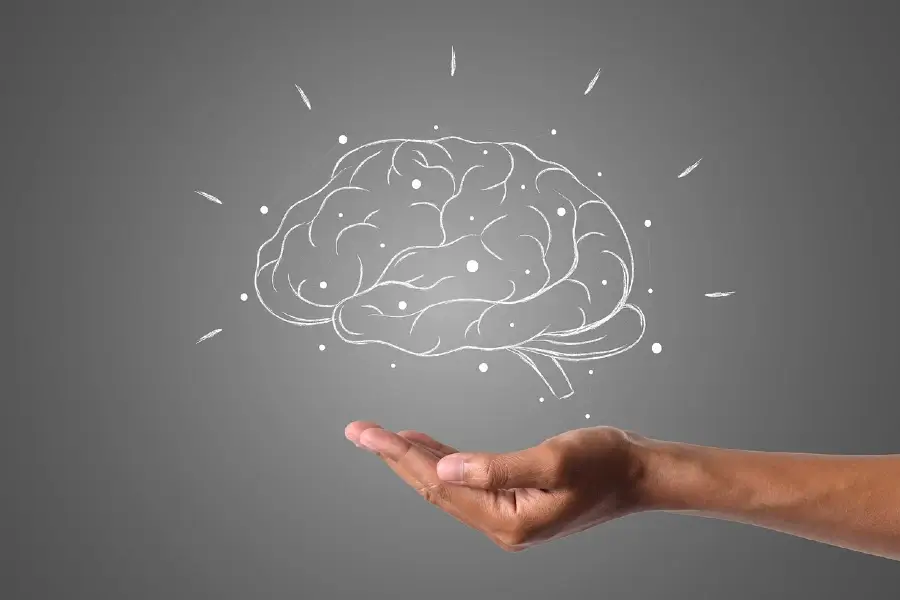Neurological abnormalities associated with insomnia can be seen in the brain’s structure and function.
Alterations in the size, structure, and connectivity of various brain regions are examples of structural aberrations within the brain. For instance, individuals who suffer from insomnia frequently have reduced sizes of the hippocampus, amygdala, and prefrontal cortex. These regions are associated with functions such as sleep control, memory, emotion processing, and decision-making.
Functional aberrations in the brain can significantly alter how various parts of the brain communicate and react to stimuli from the outside world. People who suffer from insomnia, a disorder characterized by difficulties getting asleep and staying asleep, illustrate this well. Another example is people who have trouble falling asleep.
People who suffer from insomnia may discover that they are unable to completely relax and turn off their minds.
Recent research has demonstrated that individuals who suffer from insomnia frequently exhibit elevated levels of activity in a particular region of the brain called the salience network. These networks are in charge of identifying potential dangers in the environment and taking appropriate action in response to them.
When this network develops an excessive amount of activity, it can result in hyperarousal, making it difficult for an individual to relax and enter a state of sleep conducive to rest.
In addition to an elevated heart rate and breathing, heightened muscle tension, and an overall sense of alertness, hyperarousal can present itself in a number of different ways. As a consequence, people who suffer from insomnia may discover that they are unable to completely relax and turn off their minds, even when they are physically weary.
There is a convincing indication that functional aberrations in the brain play a substantial part in the disorder of insomnia, even though the exact causes of insomnia are not entirely understood. Researchers may be able to design more effective treatments for patients who suffer from insomnia and other sleep disorders connected to similar conditions if they have a better knowledge of these abnormalities and the consequences they have on the brain.
The hippocampus plays a role in the consolidation of memories and the control of sleep states.
Listed below are some particular instances of behavioral abnormalities in the brain that are associated with insomnia:
The volume of the hippocampus is decreased. The hippocampus plays a role in the consolidation of memories and the control of sleep states. Individuals who suffer from insomnia frequently have decreased hippocampus volumes, which may be a contributing factor to their difficulties sleeping.
There has been an increase in activity within the salience network, which is engaged in identifying and reacting to potential dangers. People who suffer from insomnia frequently have increased activity in the salience network, which can result in higher levels of arousal and make it harder for them to fall asleep.
The decreased connection between the amygdala and the prefrontal cortex results in the following: The amygdala is involved in processing fear and other unpleasant emotions, whereas the prefrontal cortex is responsible for helping to regulate negative emotions. It is common for people who suffer from insomnia to have diminished connectivity between these two regions, which can make it challenging for them to control their emotions and fall asleep.
Additional research is required to fully understand the brain pathways that underlie insomnia.
Inactivity in the default mode network: The default mode network is a network of brain areas that is active when we are at rest. When we are not engaged in any activity, this network is inactive. Daydreaming, introspection, and self-referential contemplation are all activities that are associated with it. Individuals who suffer from insomnia frequently have a lower level of activity in the default mode network, which may make it challenging for them to relax and subsequently fall asleep.
It is essential to keep in mind that the aforementioned are merely a few examples of aberrations in the brain associated with insomnia. Additional research is required to fully understand the brain pathways that underlie insomnia. The study that has been done up to now, on the other hand, indicates that insomnia is a complicated condition that incorporates alterations in the structure and function of the brain.

Dominic E. is a passionate filmmaker navigating the exciting intersection of art and science. By day, he delves into the complexities of the human body as a full-time medical writer, meticulously translating intricate medical concepts into accessible and engaging narratives. By night, he explores the boundless realm of cinematic storytelling, crafting narratives that evoke emotion and challenge perspectives.
Film Student and Full-time Medical Writer for ContentVendor.com




